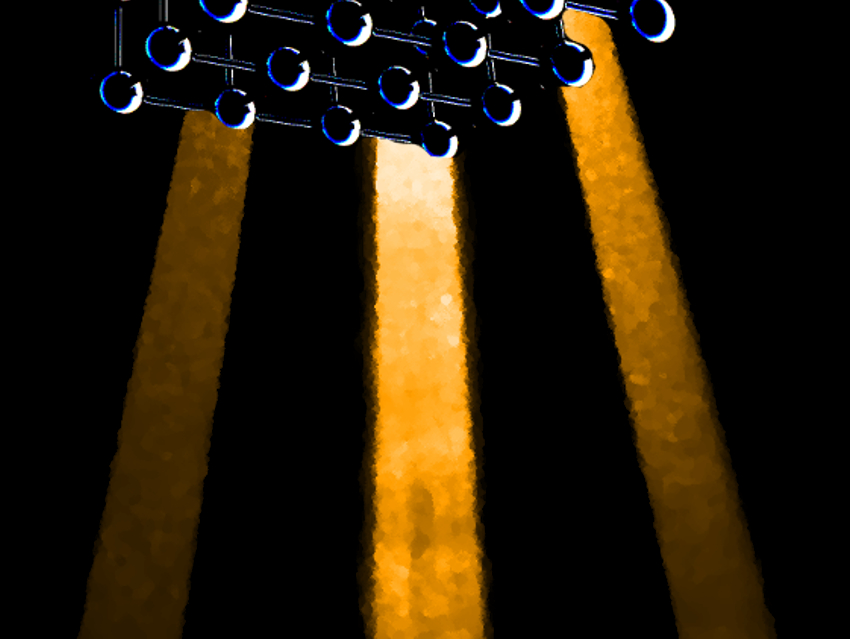Topological defects in atomic arrays, especially within solid-state materials, can break the translational symmetry of the material. These defects can enable such materials to show unique properties, such as ferromagnetism when the material is traditionally anti-ferromagnetic.
Huolin L. Xin, University of California, Irvine, USA, and Brookhaven National Laboratory, Upton, NY, USA, Xiaoyan Zhong, Tsinghua University, Beijing, China, and colleagues have studied how such topological defects interact with a high-energy electron beam. The team used a coherent electron nanobeam within a scanning transmission electron microscope (STEM) and recorded the far-field transmitted patterns after the beam passed through an edge of the (001) surface of NiO.
The team found that the edge defects could transform an electron plane wave into an electron vortex beam. Vortex beams have spiraling wavefronts. The amplitude and phase information of the vortex beam could be deduced through a combination of electron nanodiffraction and electron ptychography, a computational imaging method.
This approach could be used as a method for creating phase plates that can generate electron vortex beams with an angular separation that is three orders of magnitude larger than is currently possible using other nanofabrication methods. According to the researchers, it could also allow the recording of magnetic circular dichroism spectra with high spatial resolution.
- Atomistic Defect Makes a Phase Plate for the Generation and High-Angular Splitting of Electron Vortex Beams,
Xiaoyan Zhong, Jie Lin, ShowShiuan Kao, Zhenyu Liao, Jing Zhu, Xiaojing Huang, Rui Zhang, Huolin L. Xin,
ACS Nano 2019.
https://doi.org/10.1021/acsnano.8b07437




